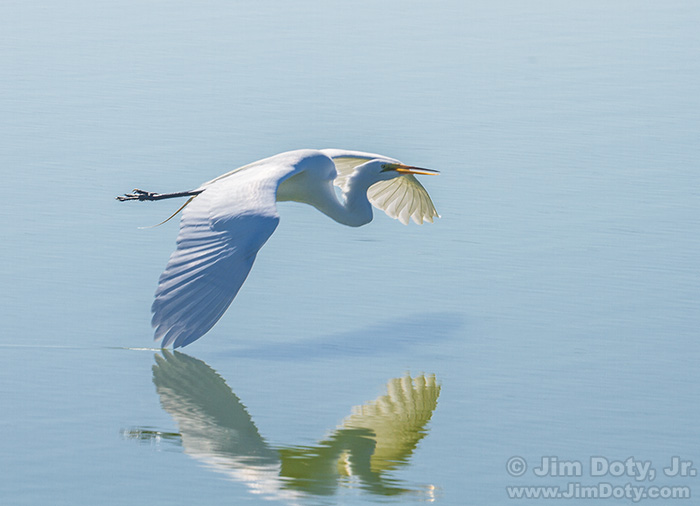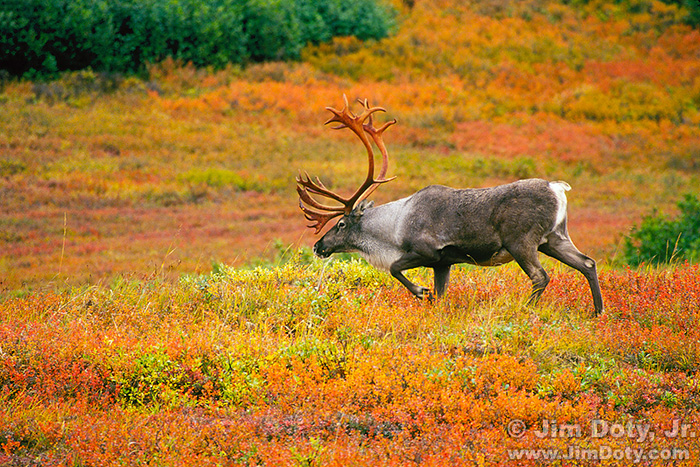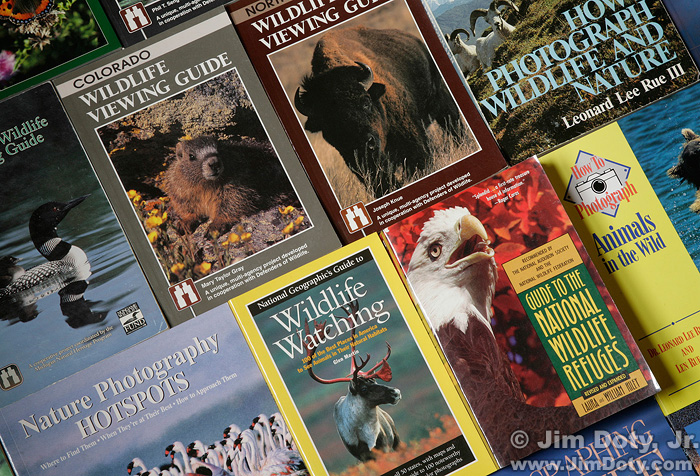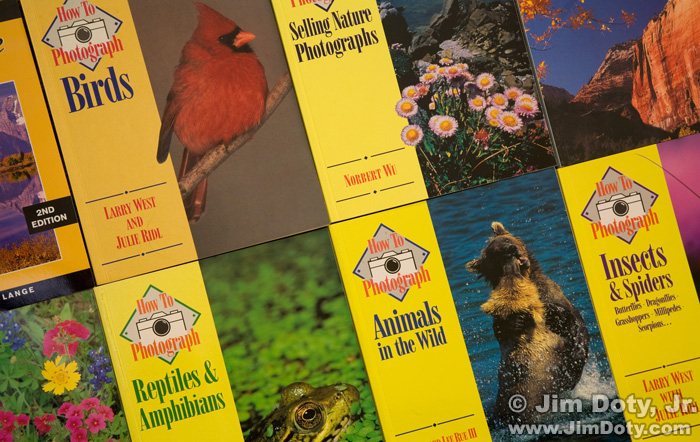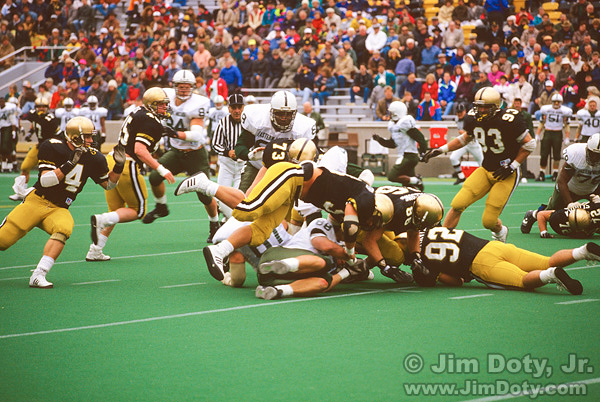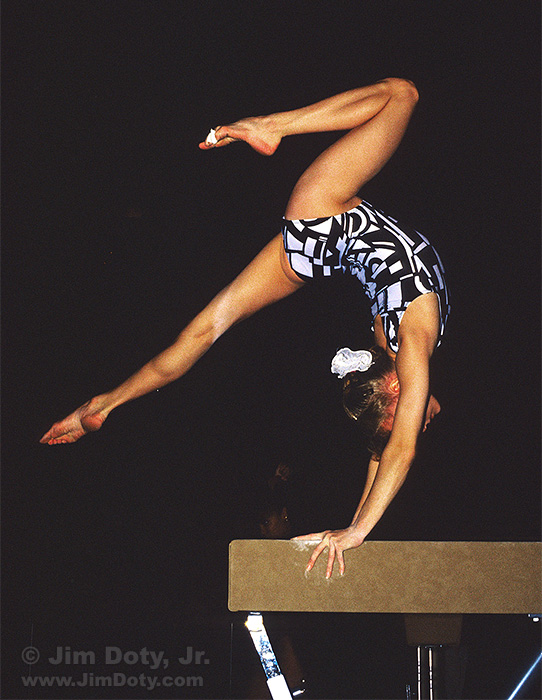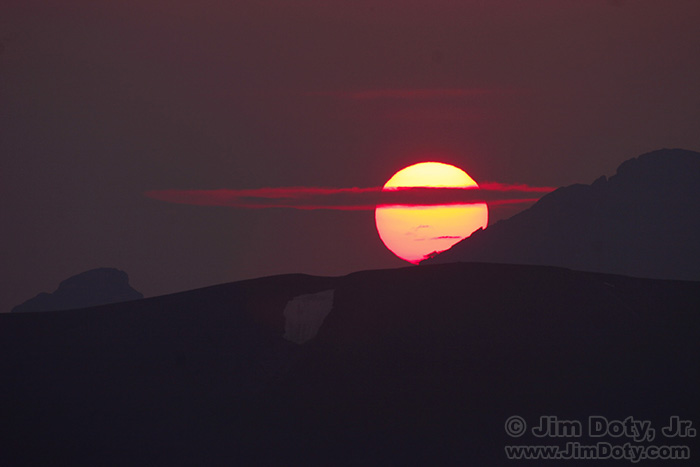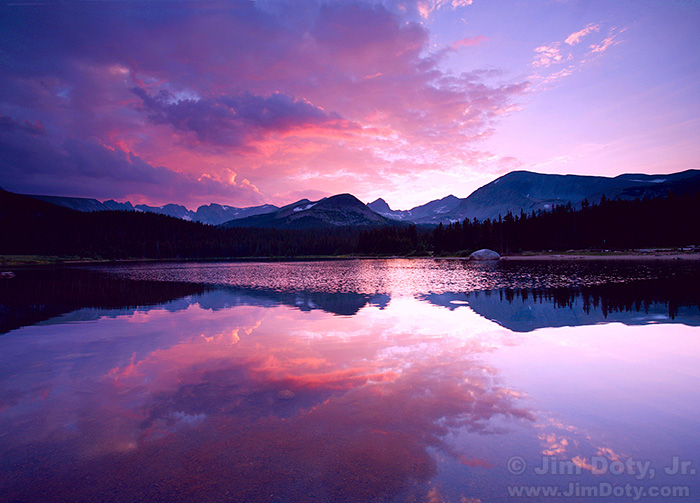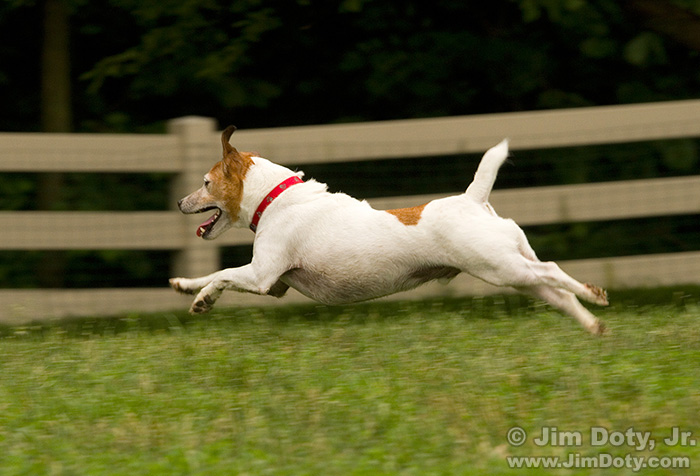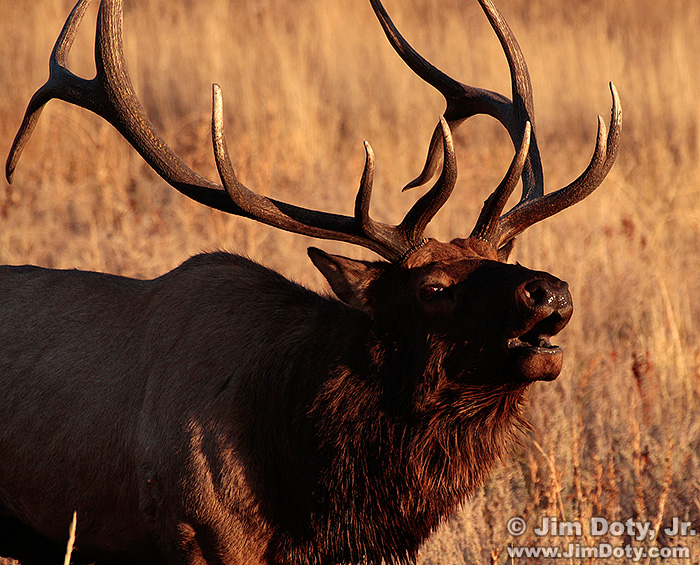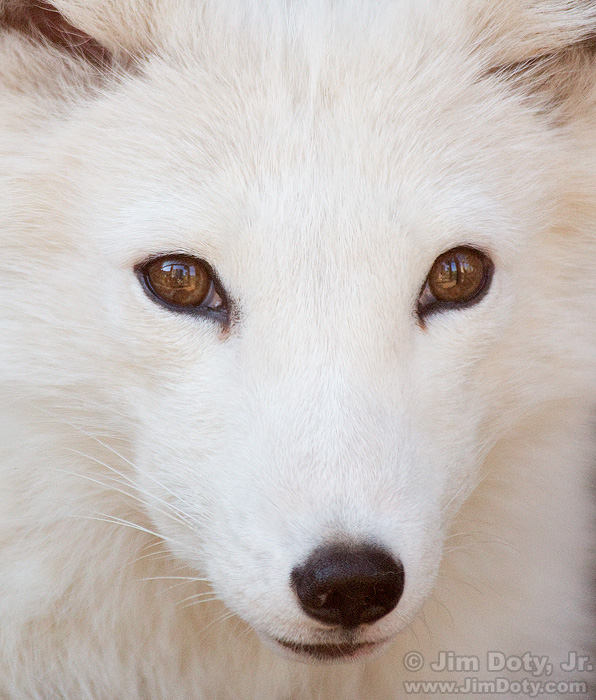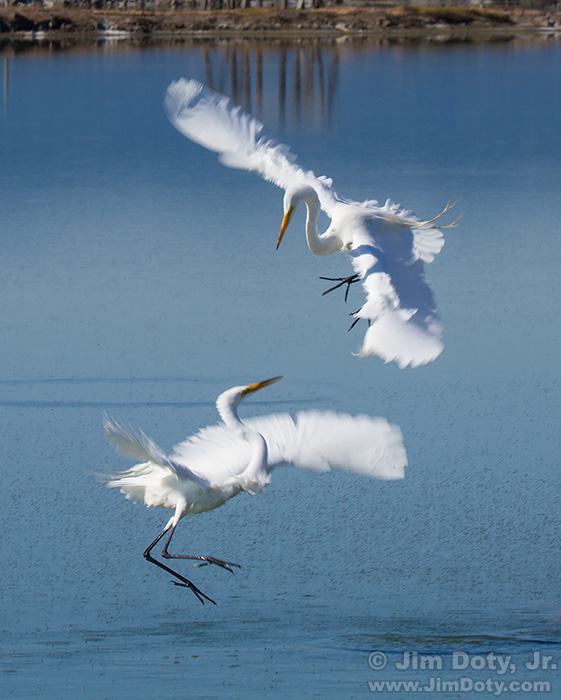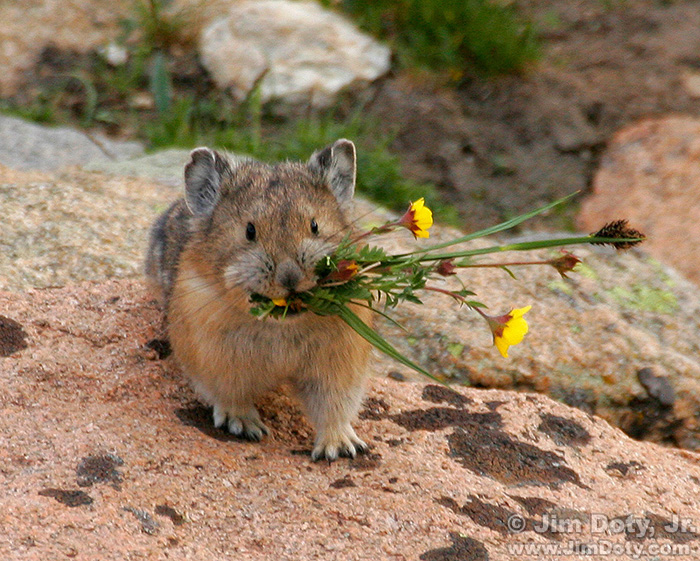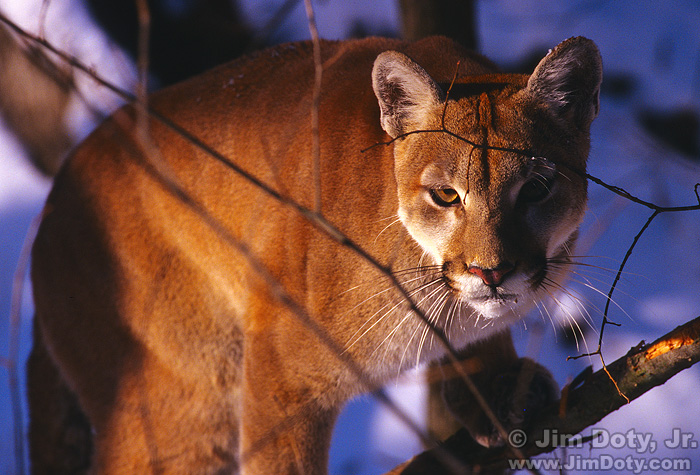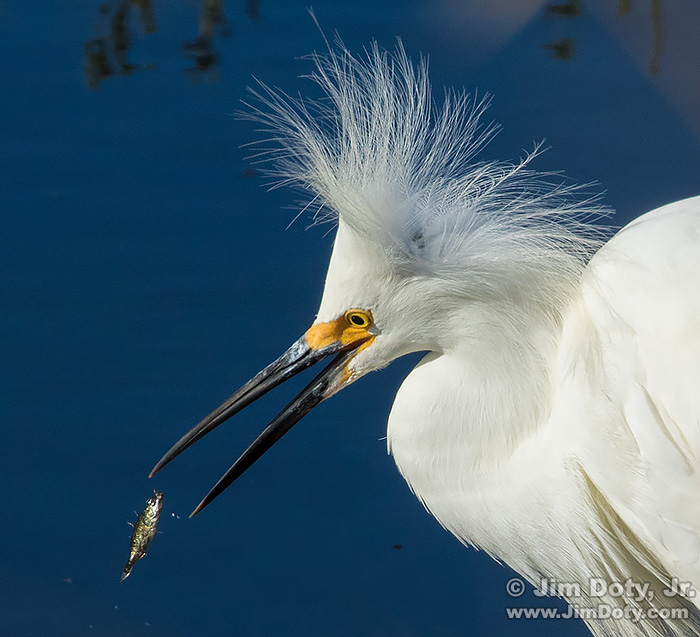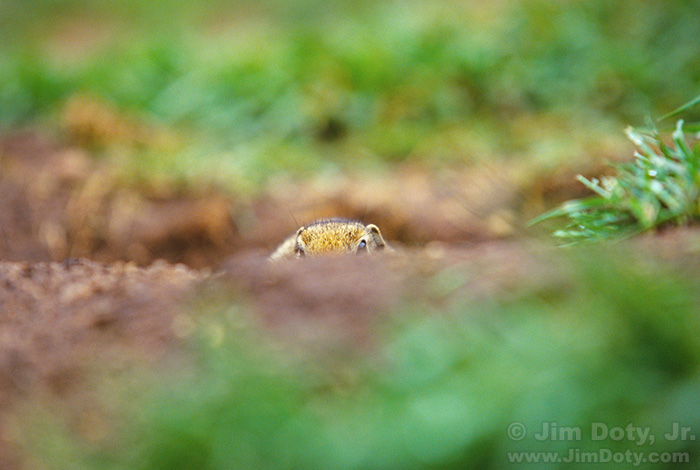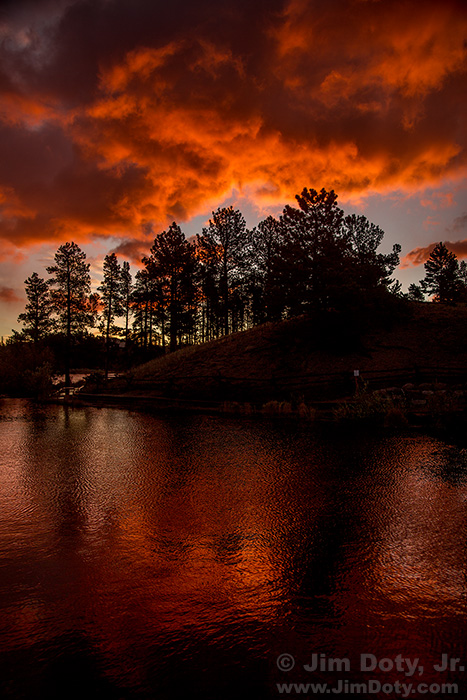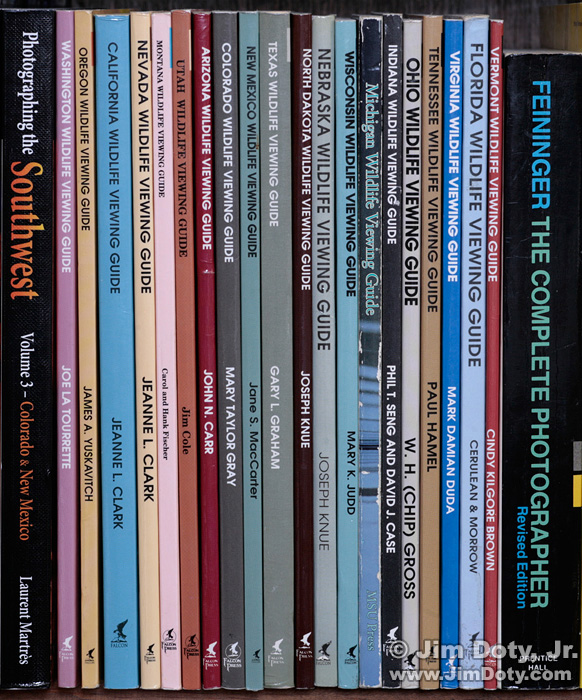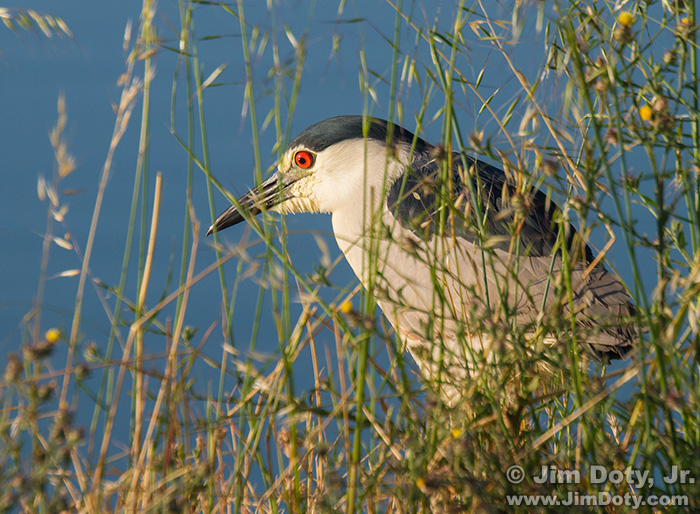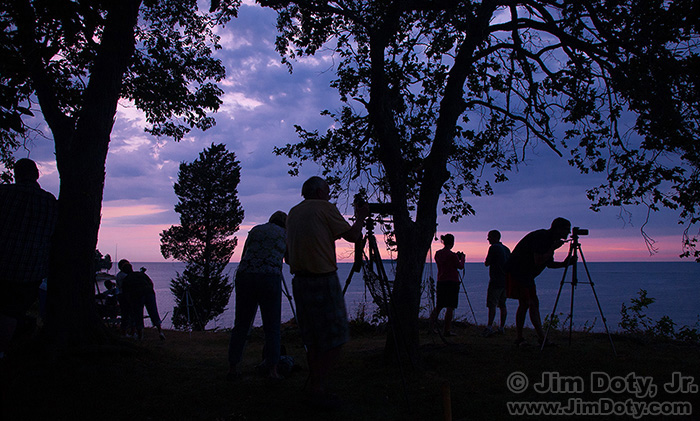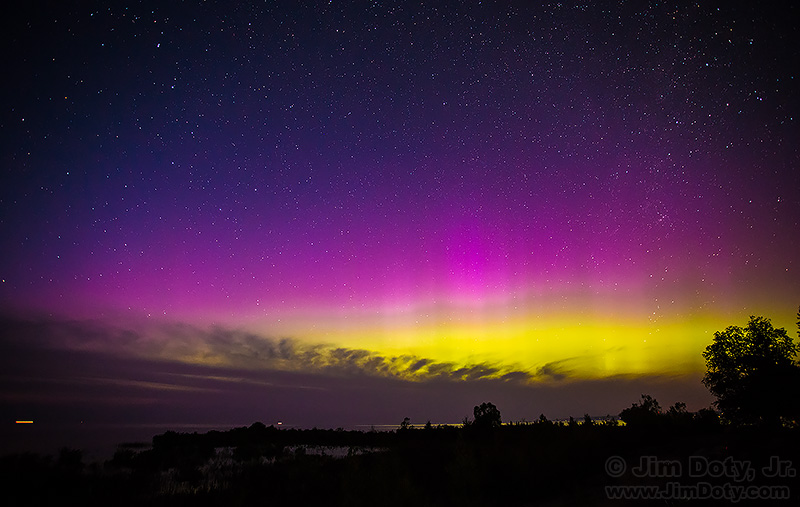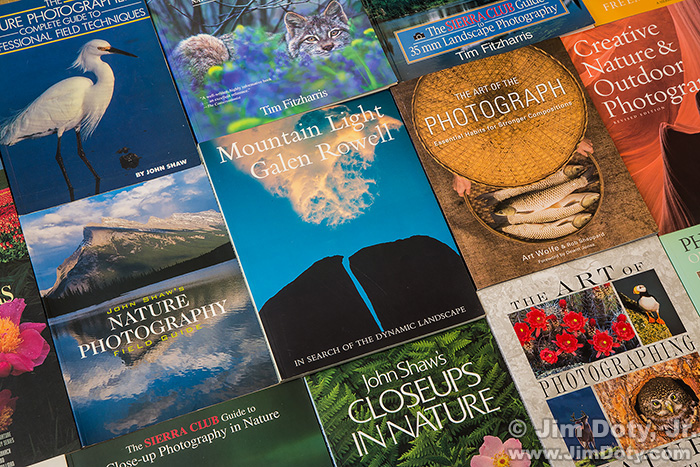When I posted this photo on one of my Facebook pages, a friend posted this happy comment:Â “I LOVE this egret photo!!!!!!!!!!!!!! Look at the right wing trailing in the water. How DO you capture these?!”
Good question.
Originally posted April 28, 2016. Updated and re-posted April 19, 2019.
So, how do I capture images like this? Just as important, how can you capture images like this?

Of course you need to be in the right place at the right time, but, to quote Louis Pasteur, “Chance favors only the prepared mind.” Happy serendipitous moments happen to most anyone, but as many a professional nature photography will tell you, they seem to happen more often for people who are prepared for them.
Wildlife photographers need to know enough about animal behavior to know when and where things are likely to happen. Nature photographers need to “read” the qualities of light to know which images will and won’t work in the existing lighting conditions. All photographers need to develop the technical skills and experience to know what to do when a great moment happens. So based on my own experience, here are my tips to being a better wildlife and nature photographer.
Go to the best workshops.
A good workshop will saves you weeks of time spent experimenting on your own. But do your homework before you plunk down your money for a workshop. Some workshops leaders do a great job. Some do not. There are wonderful photographers who don’t do so well leading a workshop. Great photography skills aren’t the same as great workshop skills. Read some reviews before you sign up for a workshop.
I have been to seminars and workshops by some of the world’s best photographers, including 5 days shooting with George Lepp in Denali National Park. I highly recommend seminars and workshops by George Lepp and Rod Planck. Each time either of them offers a workshop in my area, I go again. They inspire me. And I try to put that inspiration into my own photography workshops and classes. Reviews for my workshops are here.
Read the best books.
Read the best books on finding wildlife and read the best specialized books on how to photograph different kinds of wildlife (links below). Bird photography is different from amphibian photography which is different from photographing mammals.
Read the best books on landscape, flower, low light and night photography. Read the best books on working with the qualities of light. Excellent books on composition are important too.
In addition to the “how to” books, I look at stunning photography by Frans Lanting, Art Wolfe, David Muench, Arthur Morris, Dewitt Jones, Jim Brandenburg, George Lepp and other nature and wildlife photographers who inspire me. I have a lot of beautiful coffee table books in my library, and I read more at the library. Surround yourself with great images that inspire you.
Work on your timing.
I initially worked on my “decisive moment” skills as a freelance sports photographer for the Yukon Review Newspaper. In sports photography a fraction of a second is the difference between a great photo and a throw away. (Contrary to the opinion of a lot of amateurs, shooting 10 frames per second is usually not the key to capturing the right moment.)
Head for the nearest sporting event and practice. It doesn’t matter if it is a kids t-ball game or an Olympic athlete.
 Understanding animal behavior means you can anticipate and be ready for the decisive moment. Don’t be surprised if you are a little ahead of a little behind the ideal moment. The more you do this the better you will get.
Understanding animal behavior means you can anticipate and be ready for the decisive moment. Don’t be surprised if you are a little ahead of a little behind the ideal moment. The more you do this the better you will get.
Timing is important in landscape photography too. The best light can last mere minutes, and sometimes just for a matter of seconds.
Exposure is critical.
One of the keys to great photography is great exposures (and autoexposure won’t get you there). There are reasons professionals are obsessed with accurate metering. Exposure is one of the keys to great color. If you miss the ideal exposure by more than 1/2 stop or so, the colors in your photos will shift in different directions and no amount of work in Photoshop will bring them back. In autoexposure mode your camera is designed to give you average exposures, not the best exposure. If you want the best exposures you have to take over your camera’s exposure controls and do it yourself. See my exposure links below.
Practice metering with your own or other people’s pets.
Metering for a white dog is different from metering for a black cat, just like metering for a white egret is different from metering for a dark elk. And it makes a difference whether the critter is front lit, side lit, back lit or in soft directionless light. Practice your exposure skills in all kinds of light on your pets or your friends’ pets.
You need one white or very light pet, one black or very dark pet, and one that is medium toned. Once you have mastered how to meter white, medium toned and dark toned pets in every kind of light, you will be ready to nail the exposure when that rare and wonderful wildlife opportunity comes your way.
Once you know how to meter a white dog you are ready for your classic polar bear shot. The dark cat you practice on will get you ready for your face to face encounter with a bull elk.
Practice your wildlife skills at the zoo.
Go to city parks (with lots of ducks and geese and squirrels) and zoos where you can practice your skills in a variety of lighting conditions. Then go to National Parks and other great locations where wildlife and great landscapes abound.
The more you shoot the better you will get.
Get out there with your camera every chance you get. If the light is great head for a local city park. The people who shoot the most get better faster. Practice your light and landscape skills. Even if it is not the best location, working with your camera will pay off the next time you are at a great landscape location. Every time you practice with your camera you build up muscle memory that will benefit you down the road.
When a person first learns a musical instrument they stare at the notes on the staff, figure out which line and space stands for which notes, and then they have to think about which fingering to use, or which piano key to push. It is a long, slow process. But with time and practice it becomes automatic. They see the notes on the page and the fingers fly into position without conscious thought.
Unfortunately, most photographers don’t practice enough so their fingers fly over the camera controls. So they miss the best settings or they miss the shot altogether. Or they give up and go to auto everything and and up with average results.
There is a reason great photographers take over the camera controls and use them to their best advantage. It is the best way to get great images.
Of course mindlessly pushing the shutter button won’t make you better. That is why you read the best books and magazines and go to the best workshops. They feed your mind so you know what you are doing when you push the shutter.
It takes time.
There are lots of tips that you can pick up in an excellent seminar or workshop or book that will make an obvious difference in your photography in a fairly short period of time, but there are no shortcuts to great photography. So here is the serious truth, it takes time to really develop and fine tune your skills. (You already knew that.) I’ve spent years honing my craft and I am still working on that ever elusive goal of creating better images. The whole bumpy journey has been fun. The memories of a lot of frustrating failures are more than made up for by the wonderful moments when it all comes together.
At a seminar, I heard this story. A 25 year old beginner was complaining to the “master” about how long it would take to master the skills he was working on.
The master said: “How old will you be if it takes you 10 years to master this?”
Beginner: “I will be 35.”
Master: “How old will you be in 10 years if you don’t master this?”
Beginner: “35.” (long pause) “How come the same?”
I like that story. No matter how many years it takes for you to pursue your most important dreams, you will end up being just as old if you don’t. So why not go for it?!
Dewitt Jones is a world class commercial and National Geographic photographer. In one of my favorite videos, Extraordinary Visions, Dewitt says he spent years honing his technical skills. This is the first step toward great photography (or anything else). The second step is to put yourself in the place of maximum opportunity. That pretty much says it all.
So get out there!
Find great places to create images and have fun!
ALL KINDS OF LINKS
For Inspiration
A collection of the kind of books I read for beauty and inspiration.
Extraordinary Visions DVD by Dewitt Jones
Jim Brandenburg: Chased by the Light. A book and video to inspire your nature photography.
Exposure Book and Articles
Article: The Best Colors Come From the Best Exposures
Article: Why Is Exposure So Important? (with links to a series of exposure articles)
My book, Digital Photography Exposures for Dummies is one of the highest rated photography books at Amazon.com. Magazine reviews describe it as one of the most complete, detailed, and comprehensive books on exposure. It covers intermediate and advanced exposures skills that are barely mentioned or not covered at all in other exposure books. When you master the basic skills you don’t need to buy another book to move on to advanced skills, so you are getting two books in one. It is getting harder to find Digital Photography Exposures for Dummies. Grab your copy while you can still get one. More information here. Order it here.
“How To” Wildlife Photography Books
How To Find Wildlife, The Best Books
How To Photograph Wildlife, The Best Books
The excellent “How To†series by Stackpole Books has separate books in the series on how to photograph each kind of wildlife.
Leonard Lee Rue III is one of the best and most prolific wildlife photographers. His how to books are How to Photograph Animals in the Wild (which is part of the Stackpole series). This book is my first choice for photographing wildlife (primarily mammals). Rue also wrote How I Photograph Wildlife and Nature. If you only read one of Rue’s books, get the Stackpole series book.
If you are looking for a brief introduction to bird photography, get the booklet Bird Photography: Pure and Simple by Arthur Morris. If you want to seriously pursue bird photography, there are two must read books, The Art of Bird Photographyby Arthur Morris and How To Photograph Birds by Larry West (one of the Stackpole books).
The uniformly excellent Stackpole series of “How To†books (the books with the yellow covers toward the top of this article) is written by a first class set of photographers and it is one of the best photography series anyone has every produced. Some of them have been mentioned already. Other books in the series are How to Photograph Insects and Spiders by Larry West, How to Photograph Reptiles and Amphibians by Larry West, How to Photograph Flowers by Heather Angel, and How to Photograph Underwater by Norbert Wu. The series also has two location guides by Joseph Lange, Photographer’s Guide to Yellowstone and the Tetons, and Photographer’s Guide to Grand Canyon and Northern Arizona. Some of the Stackpole books, despite being the best of the best, are out of print. Grab them while you can on the used market via Amazon.
Nature Photography Workshops and Seminars
George Lepp Workshops and Seminars
Rod Planck Seminars, Workshops and Tours
Total Immersion Nature Photograpohy Workshops with Jim Doty, Jr. – I currently do workshops on a regular basis in Colorado and Michigan.
Nature and Landscape Photography Books
The Best “How To†Nature Photography Books
Nature Photography Books: The Three Essentials. If you only read three nature photography books, put these on your “must read†list.
My Two Favorite Introductions to Landscape Photography. If you only get two books on landscape photography, these are the books to get.

